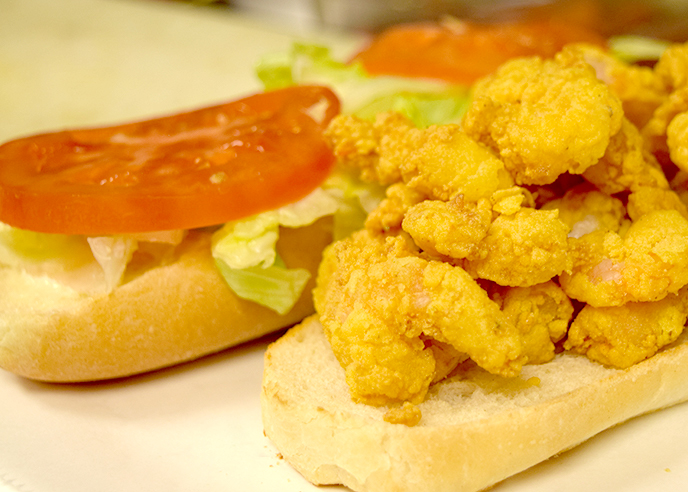GVC’s Bayou Favorites

by Lexcie Lewis, Special Sections Editor
Vacation Like a Local

by Lexcie Lewis, Special Sections Editor When summertime rolls around, locals head to their home away from home, Grand Isle. Louisiana isn’t known for having many beaches so whether it’s fishing, camping or just laying out by the water, the small island of less than 800 residents is the ultimate Cajun getaway. “I love coming […]
Up The Bayou vs. Down The Bayou

Cajun Food Fails

by Hannah Grigsby, staff photographer
Choot ‘Em // Bayou Stereotypes

by Wes Barnett, staff videographer
Laurel Valley Plantation

by Morgan Ivers, special sections Ghost stories and slave quarters come to mind when thinking of plantations. But are those legends actual history? And, what are the real stories of these historical complexes? Laurel Valley Plantation, one of the largest surviving sugar production and manufacturing complexes in the United States, is located right here in […]
Talk Like a Local

Eat Like a Local

These recipes were chosen by their versatility. Cajun food is not the easiest to make and according to Chef Patrick Beeson, most people don’t follow a recipe when cooking which makes it difficult to replicate. These recipes chosen can be easily substituted for ingredients commonly found across the country. These are some of the classic […]
Wreaking Havoc // Invasive Species

by Kaitlyn Biri, Special Contributor
Water Markers // Giving Directions

by Jenna Orgeron, Special Sections Editor Whether acting as an obstacle or navigation tool, the waterways of Louisiana’s bayou region affect the way residents travel and give directions. Daily commutes require a little more planning when bridges and boat traffic have to be figured in. Especially when a bridge is out, leaving travelers stranded. Currently, […]
